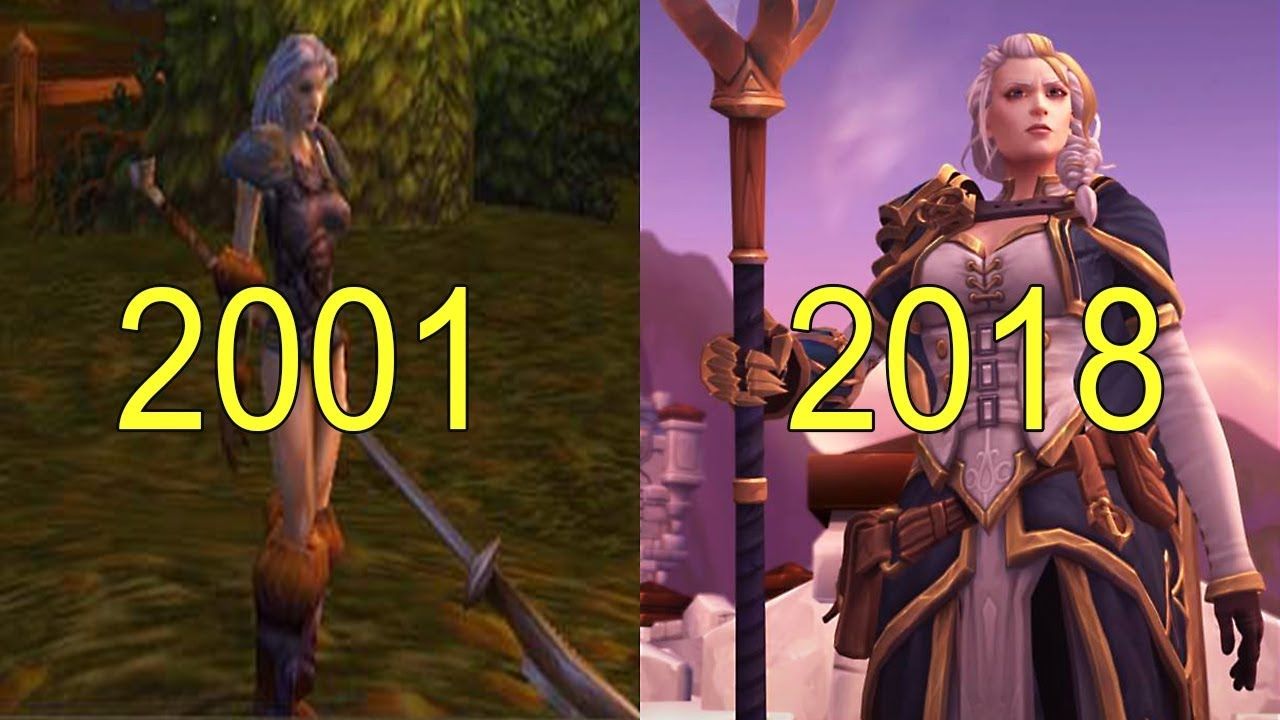
The Evolution of World of Warcraft
World of Warcraft is a legendary MMORPG that has been entertaining players for 19 years. Since its launch on November 23, 2004, the game has undergone many changes, with each expansion introducing new features, content, and challenges for players to enjoy. In this article, we will look at the evolution of World of Warcraft expansions, starting from its vanilla days and exploring how each expansion has shaped the game over the years.

Vanilla WoW: The Beginning
The first version of World of Warcraft, commonly known as “vanilla,” was released on November 23, 2004. It was an instant success, and players were drawn to its immersive world and gameplay mechanics. In vanilla WoW, players started with only a few abilities and had to earn new ones as they leveled up. The game was challenging, and players had to work together to complete quests and take down bosses.
One of the unique features of vanilla WoW, which played a significant role in the evolution of World of Warcraft expansions, was the fact that players had to travel on foot or on mounts to get from one place to another. There were no flying mounts or fast travel options, which made the game feel more immersive and grounded.
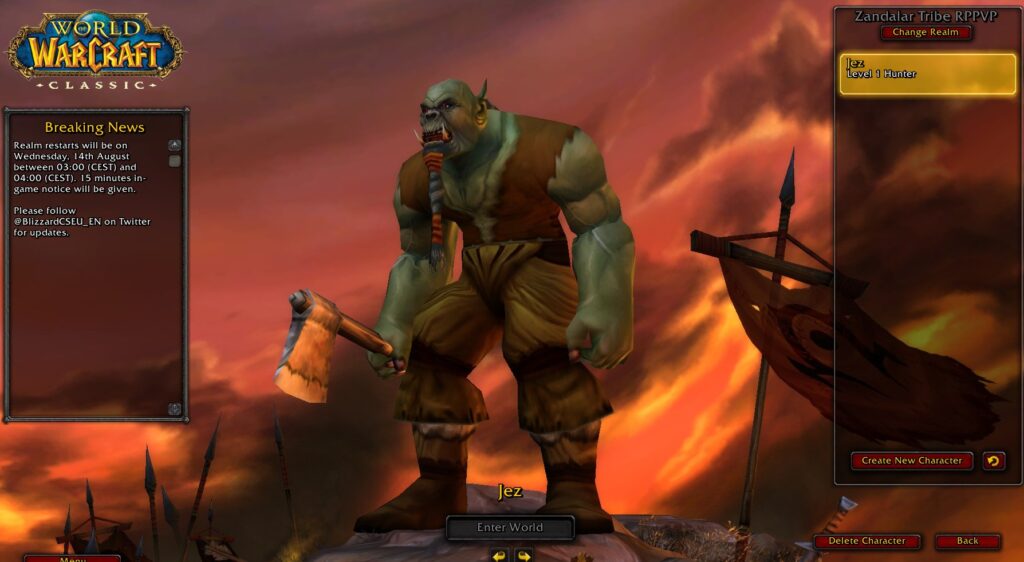
Expansion Pack 1: The Burning Crusade
The Burning Crusade, which marked a significant milestone in the evolution of World of Warcraft expansions, was the first expansion pack for the game, released on January 16, 2007. This expansion introduced new areas to explore, such as Outland, new races to play as, such as the Draenei and the Blood Elves and added the highly anticipated feature of flying mounts.
The Burning Crusade also introduced new game mechanics, such as the Arena PvP system, where players could battle against each other in 2v2, 3v3, or 5v5 matches. The expansion also added new raids, such as Karazhan, Gruul’s Lair, and Magtheridon’s Lair, and introduced new factions to grind reputation with, such as the Aldor and the Scryers.
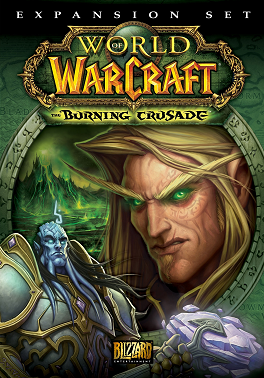
Expansion Pack 2: Wrath of the Lich King
Wrath of the Lich King, another milestone in the evolution of World of Warcraft expansions, was the second expansion pack for the game, released on November 13, 2008. This expansion introduced the continent of Northrend, where players battled the Lich King and his undead army. It also introduced new features, such as the Death Knight class and the highly useful dungeon finder tool.
Wrath of the Lich King also introduced new raids, such as Naxxramas, Ulduar, and Icecrown Citadel, and new factions, such as the Argent Crusade and the Knights of the Ebon Blade. It also added new features to the game, such as achievements and the ability to queue for battlegrounds from anywhere in the world.
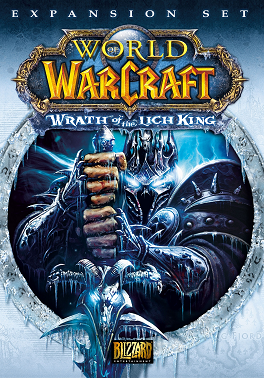
Expansion Pack 3: Cataclysm
On December 7, 2010, the third expansion pack for World of Warcraft, Cataclysm, was released. This expansion completely revamped the original world of Azeroth, changing many of the zones and quests. It also introduced two new playable races: the Worgen and the Goblins.
Cataclysm added archaeology and flying in Azeroth. New raids like Blackwing Descent, Throne of the Four Winds, and Firelands, and factions, such as Earthen Ring and Hyjal Avengers, were also introduced.
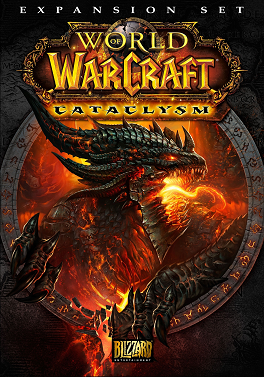
Expansion Pack 4: Mists of Pandaria
On September 25, 2012, Blizzard Entertainment released Mists of Pandaria, the fourth expansion pack for World of Warcraft. This expansion introduced the continent of Pandaria, a lush and beautiful land that was home to the Pandaren race. It also introduced the Monk class, which focused on melee combat and had a unique resource system.
Mists of Pandaria added a pet battle system and player duels. The expansion added raids like Mogu’shan Vaults and factions such as Golden Lotus.
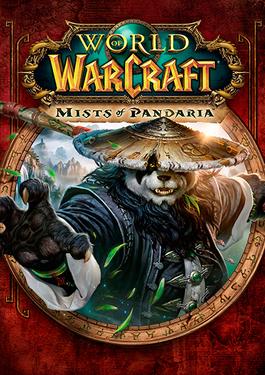
Expansion Pack 5: Warlords of Draenor
The fifth expansion pack for World of Warcraft, Warlords of Draenor, was released on November 13, 2014. This expansion took players back in time to the orc homeworld of Draenor, before it was destroyed and became Outland. It added garrisons for building bases and the ability to boost characters to level 90.
Warlords of Draenor added new raids (Highmaul, Blackrock Foundry, and Hellfire Citadel) and factions (Frostwolf and Laughing Skull Orcs). The expansion also added models and animations for many of the game’s creatures and characters.
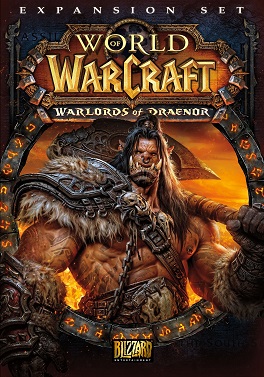
Expansion Pack 6: Legion
Legion, WoW’s sixth expansion, released on August 30, 2016, added Argus, demon hunters, and artifact weapon upgrades. It also revamped the PvP system, adding new honor levels and prestige ranks.
Legion added new raids, like Emerald Nightmare, Trial of Valor, and Nighthold, and new factions: Nightfallen and Wardens. It also introduced class order halls for quests and interactions.
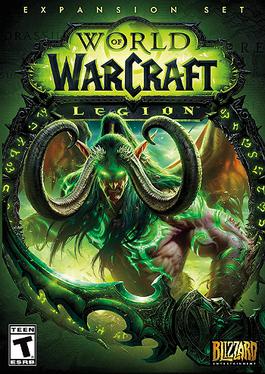
Expansion Pack 7: Battle for Azeroth
The seventh expansion pack for World of Warcraft, Battle for Azeroth, was released on August 14, 2018. This expansion highlighted the Horde-Alliance war and added new areas like Zandalar and Kul Tiras. It also brought new features such as island expeditions and war fronts.
New raids, including Uldir, Battle of Dazar’alor, and Crucible of Storms, and factions like Zandalari Empire and Proudmoore Admiralty were added to Battle for Azeroth. The expansion also introduced Azerite, a new resource, and Heart of Azeroth, a necklace to level it up.
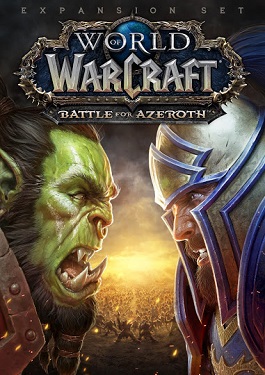
Expansion Pack 8: Shadowlands
The eighth expansion pack for World of Warcraft, Shadowlands, was released on November 23, 2020. This expansion takes players to the afterlife, where they explore different realms and battle against powerful foes. It introduces new features, such as the covenant system, where players can align themselves with one of four covenants and gain unique abilities, and the Torghast, Tower of the Damned, a rogue-like dungeon that changes every time players enter.
Shadowlands adds new raids, such as Castle Nathria and Sanctum of Domination. Shadowlands also introduces new factions, such as the Venthyr and the Necrolords, and new zones, including the Maw, the largest and most dangerous of the Shadowlands, and Oribos, the eternal city that serves as a hub for all players.
The expansion also introduces new customization options, including the ability to change the gender of your character and the option to change your character’s appearance at a barber shop.
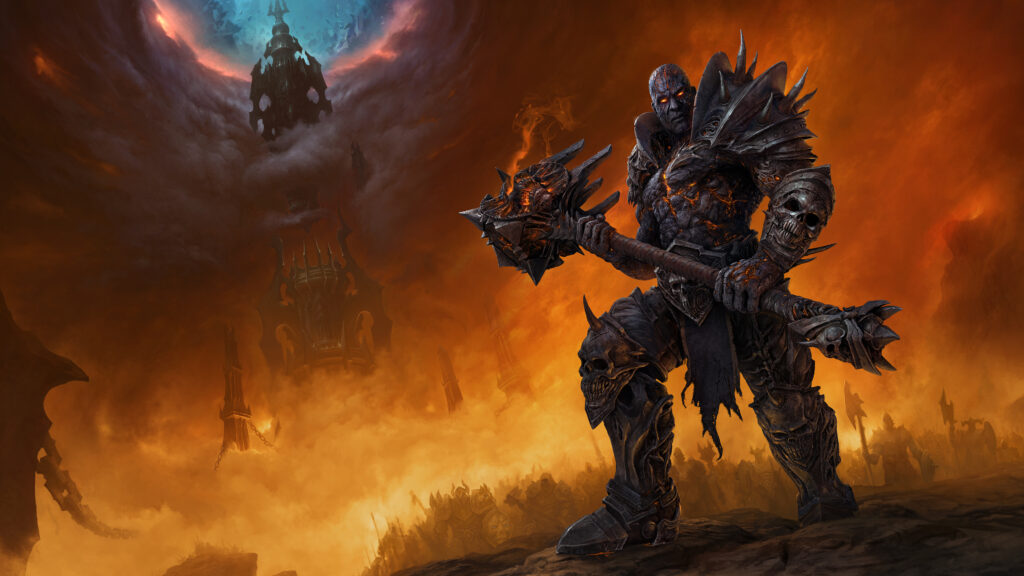
Expansion Pack 9: Dragonflight
Dragonflight is the latest expansion pack for World of Warcraft, which was released on November 28, 2022. This expansion features the return of the dragonflights, powerful beings that were once guardians of Azeroth. Players can explore new zones, including the Shadowlands of Dragon Isles, and battle against new and old enemies.
Dragonflight introduced new features, such as the ability to craft your own legendary items and the new talent system, which offers more customization options for each class. The expansion also allows you to play as a Dracthyr Evoker, the new hero class, and the first-ever exclusive class/race combo to come to the game.
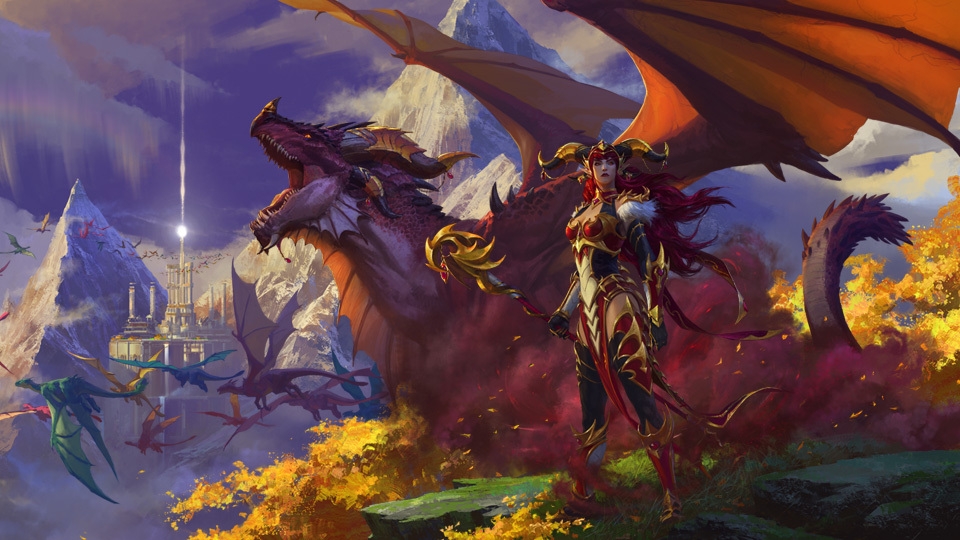
World of Warcraft has come a long way since its launch in 2004. From the vanilla version to the upcoming Dragonflight expansion, each expansion pack has introduced new features, zones, and challenges that have kept players engaged for nearly two decades. While the game has seen its ups and downs over the years, its loyal fanbase has remained dedicated, and it’s clear that World of Warcraft will continue to evolve and thrive for years to come.